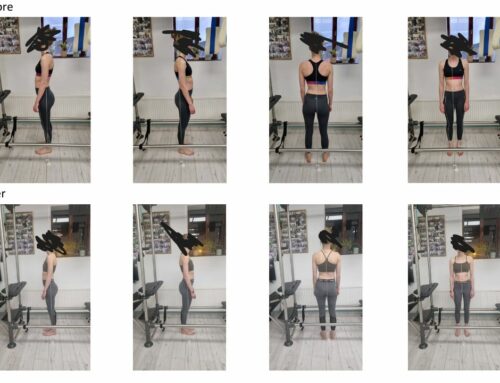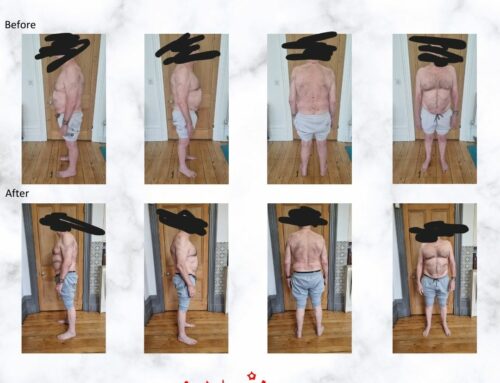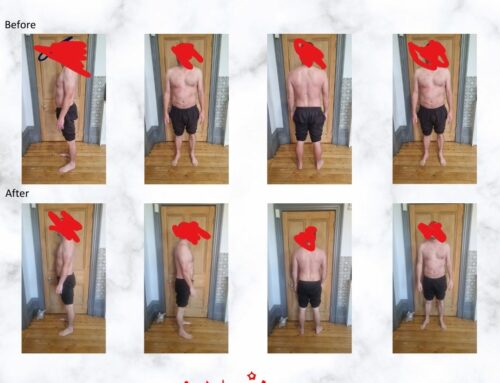We all have our own way of moving, this individual movement pattern is termed as locomotion.
‘Locomotion refers to an entire organism moving from one point in space to another. This change in location requires energy expenditure and coordinated actions of various body parts. Unlike internal movements or stationary actions, locomotion results in the displacement of the organism’s whole body, allowing it to traverse its environment.’
There are two types of posture to be considered: static posture and dynamic posture.
Standing in the grocery line, or seated driving would still be static posture. If you sat down the static posture would start from the seat up.
We were never designed to live and grow in such comfortable and supported environments using furniture and supermarkets. We evolved in nature, not the cushy circumstances we are in. This is why change is so hard, we want everything super easy.
In tribal days we were designed to move quickly and be agile as we we would be escaping danger or finding safety.
Let’s look at golf stance. Feldenkrais tells us that posture is the position from which movement begins and ends. Injury and trauma will happen through repetitive faulty patterns in movement and exercise. This is why it is essential to make sure that we have good form in all exercises.
As we move this is known as dynamic posture. We are trying to maintain the; ‘Instantaneous axis of rotation’. For example, is your arm is sitting forwards in the shoulder joint and you then go to take a golf swing or over head tennis shot, your shoulder joint will not be in its optimal position.
Any rotational pattern as above will only end up with compensations in other parts of the system. Sheering will occur as the diagram show below when the ligaments are trying to keep the joints intact.
The importance of using the powerhouse and core in class are essential for efficient movement. You will of heard me use the terms in class; ‘Lift your belly into your ribs’ or ‘use your belly suspenders to pull you up’.
The movement of the abdominals lifting at the front and the sit bones pointing down at the back is called force coupling. Finding balance in the tissues in the front and back mean working with freedom and space and not being in compression. Many of us overtrain in the front chain, quads and hip flexors without optimal training in the back chain, spine, hips and hamstrings.
We need to have opposite movement patterns for coupling. A challenge you will see in class is hip extension on the long box. The challenge being to keep the pelvis in frontal plane whilst avoiding the hip hike or lateral flexion.
Poor posture alignment reduces:
- Functional stability
- Movement efficiency
- Joint health
- Muscle balance
- Circulation
- Visceral function
- Respiratory exchange
- Cognitive performance E.G There is a 70% reduction in blood flow to the face and brain
- Player performance
“Correct posture is a matter of emotional growth and learning. It is not acquired by simple exercising or by repetition of the desired act or attitude.” – Moshe Feldenkrais, The Potent Self: A Study of Spontaneity and Compulsion, p. 110
Bibliography
Paul Chek – Infant development and media
Biology insights 1 – What Is Locomotion? A Biological Explanation of Movement – Biology Insights






